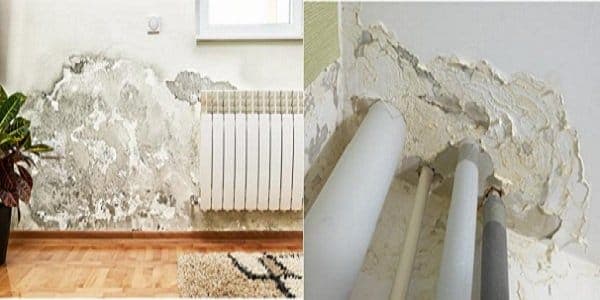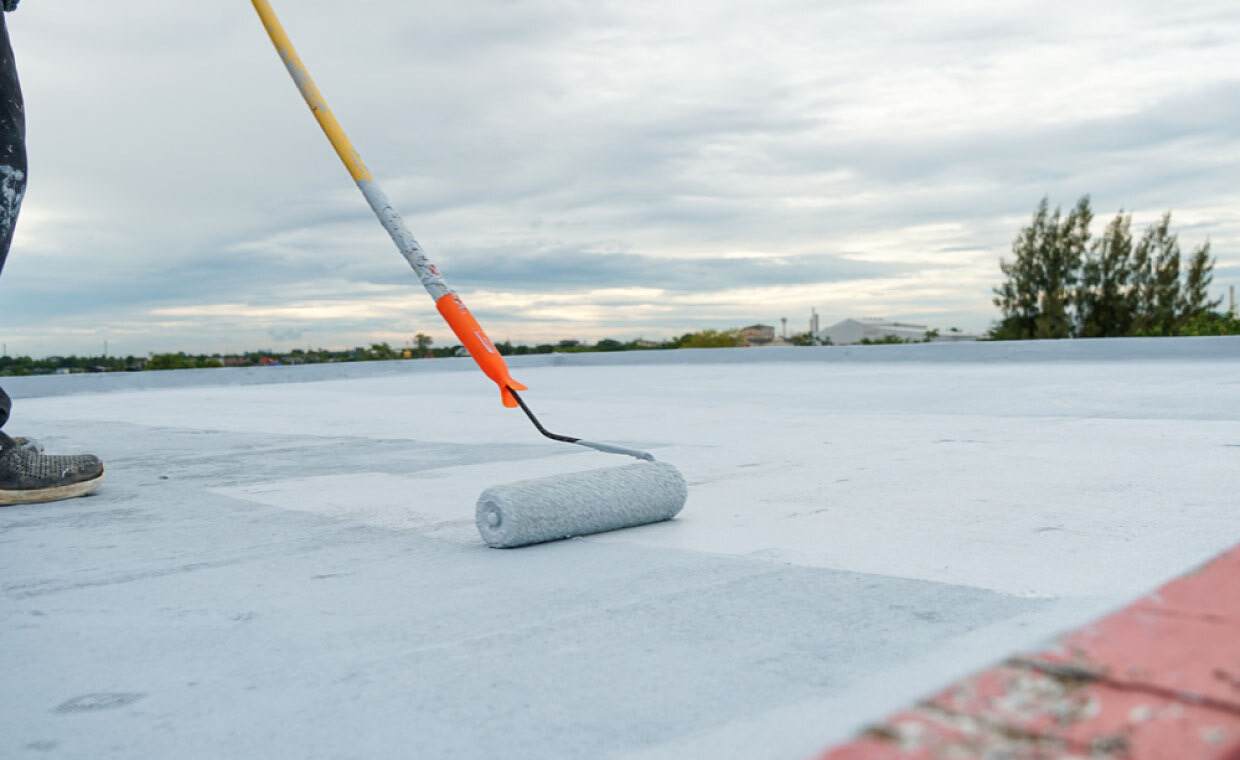
As far as, the latest scenario of constructing a house is based on the newly developed technology, there will be lesser chances of defects appearing in the house. The team of architects, structural engineers and contractors can make the damaged proof houses. But, sometimes due to the use of poor quality construction materials/workmanship, poor maintenance, frequent alterations, environmental hazards or natural disasters defects appear in the house.
Homeowners should have enough knowledge of defects occurring in their house. Here we give few broad classifications of defects.
Defects in External Walls:
- Damp Patches near the entry of pipes including a pipe for an air conditioner.
- Holes for rainwater pipes not closed up.
- Separation cracks (cracks between beam and wall).
- Leakage (seepage) through walls.
- Moss Collection.
- Damp portion at the place where scaffolding was supported in wall during external plaster
Defects in External Plaster:
- Wet Patches
- Cracks
- Hollow sounding plaster.
- Chunks fallen off.
Defects in Chajjas and Lofts:
- Leakage (seepage) at the junction of slab and wall and other places.
- Bottom plaster fallen off.
- Improper waterproofing.
- No inlet for rain water, when chhajjas have inverted pardis.
Defect in Roofs:
- Leakage (Seepage).
- Chocking of rainwater pipe.
Defect in Open Space on Ground Floor and Individual Terraces:
- Covered up weak joints of AC roofs and main walls.
Defects in External Drain Pipes:
- Leaking joints
- Faulty joints
- Clamps loosened
Defects in Windows and Doors:
- Cracks at the separation of door/window with the wall.
- Corroded steel windows and doors.
- New windows and doors are installed weakening walls.
- Operating problems in windows and doors.
- A problem in closing door and windows in monsoon particularly in wooden door/window.
- Broken glasses.
- Corroded grills/hinges/fixtures.
Defect in Rain Water Channels:
- Chocked up and inadequate external half round channels.
Defect in Compounds:
- Rat holes, broken and not properly sloped ground.
Defects in Balconies:
- Poor junction of dwarf walls and floor tiles.
- Improper tiles slopes.
- Lack of proper waterproofing at the mouth of spouts.
- Leakage through drop RCC wall.
- Rusting of bottom strips of grills and junctions in the masonry.
- Cracked RCC Wall.
- No outlet for rainwater.
Defects in Toilets and Bathrooms:
- Leakage of water through slabs, joints of slabs and walls, the area surrounding nahani traps, areas directly below WC pans.
- The reduced thickness of BB Coba/waterproofing.
- Chocked up nahani traps, or drain pipes.
- Leaking flush pipes.
- Cracked WC pans.
- Leaking taps.
Defects in Rooms:
- Leakage from ceilings near toilets.
- Loose or broken floor tiles.
- Improper slurry filling in tiles joints especially at edges of rooms.
Defects in Kitchen:
- Leakage in ceilings around kitchen nahani trap areas.
- Leakage from kitchen sinks to adjoining walls.
- Chocked sink or wash basin.
Defects in RCC Elements:
Few defects like cracks, efflorescence, spalling and bulging are observed in RCC elements (concrete slab, beam and Weather shed (chajjas)) due to the artificial (manmade) or natural (environmental) effect.
- Cracks in Concrete.
- Bulging of RCC member.
- Effloresces or leaching on concrete.
- Concrete spalling (cracks due to corrosion of steel).
Defects in Foundation:
- Settlement of foundation.
Sometimes, installation of water tank inside flats also causes the defect in internal walls, and it does add weight also.



































